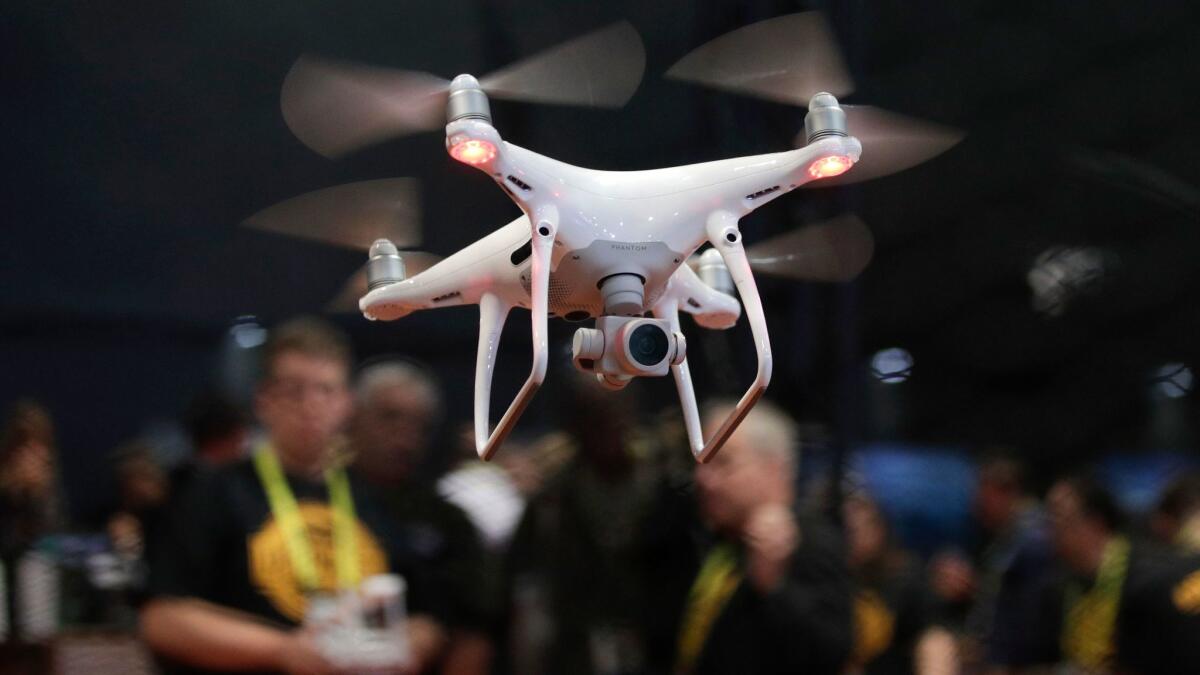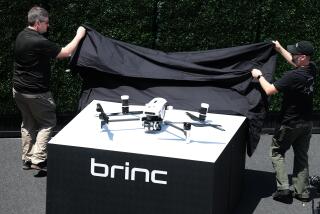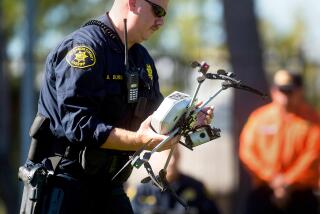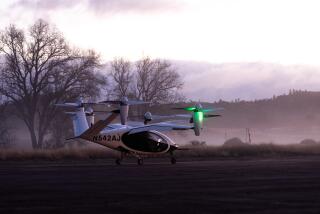Trump OKs test program to expand domestic drone flights

Americans could see a lot more drones flying around their communities as the result of a Trump administration test program to increase government and commercial use of the unmanned aircraft.
President Trump gave the go-ahead Wednesday, signing a directive intended to increase the number and complexity of drone flights.
The presidential memo would allow exemptions from current safety rules so communities could move ahead with testing of drone operations.
States, communities and Native American tribes selected to participate would devise their own trial programs in partnership with government and industry drone users. The administration anticipates approving at least five applications, but there is no limit on the number of communities that can join.
The Federal Aviation Administration would review each program. The agency would grant waivers, if necessary, to rules that now restrict drone operations. Examples include prohibitions on flights over people, nighttime flights and flights beyond the line of sight of the drone operator.
Among the things that could be tested are package deliveries; the reliability and security of data links between pilot and aircraft; and technology to prevent collisions between drones and other aircraft and to detect and counter drones flying in restricted areas.
Drone makers and businesses that want to fly drones have pushed for looser restrictions. Trump discussed the issue with industry leaders at a White House meeting in June.
In the past two years, the FAA has registered over 1 million drones. The majority of them belong to hobbyists. There are now more registered drones than registered manned aircraft in the U.S.
Safety restrictions have limited drone use, and U.S. technology companies seeking to test and deploy commercial drones have often done so overseas. For example, Google’s Project Wing is testing drones in Australia, and Amazon is testing drone deliveries in the United Kingdom.
“In order to maintain American leadership in this emerging industry here at home, our country needs a regulatory framework that encourages innovation while ensuring airspace safety,” Michael Kratsios of the White House Office of Science and Technology Policy told reporters in a conference call.
The trial program will collect data on drone operations that will aid the government’s effort to develop a separate air traffic control system for low-flying unmanned aircraft, he said.
The first test zones are expected to be finalized in about a year. The program would continue for three years after that.
Lisa Ellman, co-executive director of the Commercial Drone Alliance trade group, called the test program a “positive development” and a “step in the right direction” to allow states and cities to test drone technology in the U.S.
Safety concerns over drones have risen recently after the collision of a civilian drone and an Army helicopter over Staten Island, N.Y., and the first verified collision in North America between a drone and a commercial aircraft in Quebec City, Canada.
The test program doesn’t address complaints by local governments that low-flying drones present safety, privacy and nuisance risks. The FAA says it has the sole authority to regulate the national airspace, but some communities have passed their own restrictions.
Doug Johnson, vice president of technology policy at the Consumer Technology Assn., said the test program recognizes that “the federal government cannot manage policymaking and enforcement by itself” and must work with local governments.
“Public-private partnerships like those that would be created by the program are critical to realizing the economic benefits of drones,” he said.
The association, whose members include drone makers, has estimated that 3.4 million drones will be sold in the U.S. this year, 40% more than last year. Revenue from those sales is estimated at about $1.1 billion.
Times staff writer Samantha Masunaga
More to Read
Inside the business of entertainment
The Wide Shot brings you news, analysis and insights on everything from streaming wars to production — and what it all means for the future.
You may occasionally receive promotional content from the Los Angeles Times.










